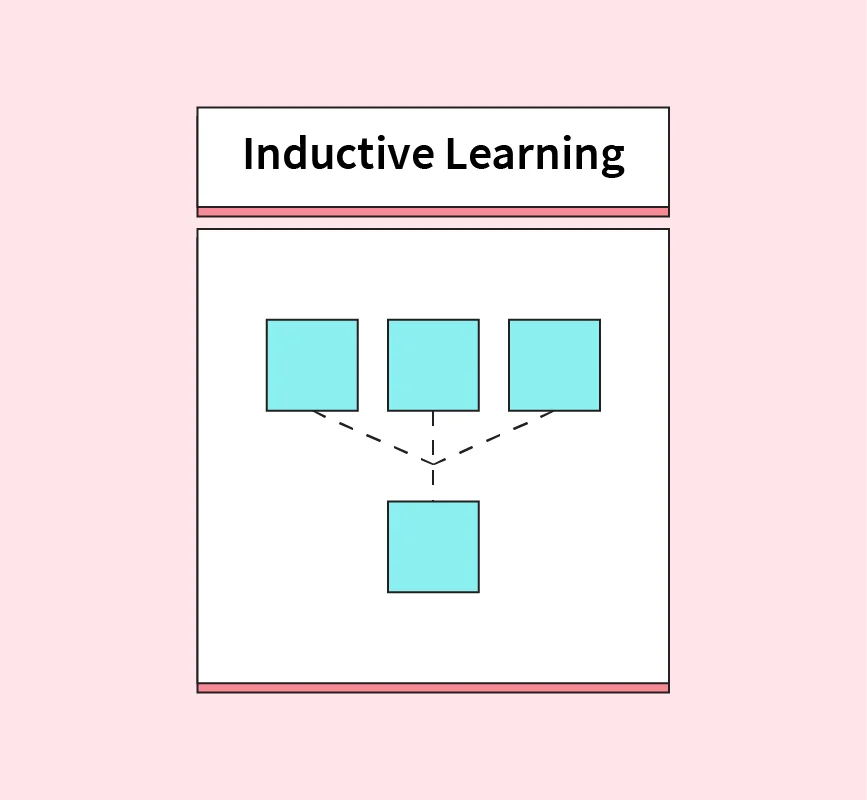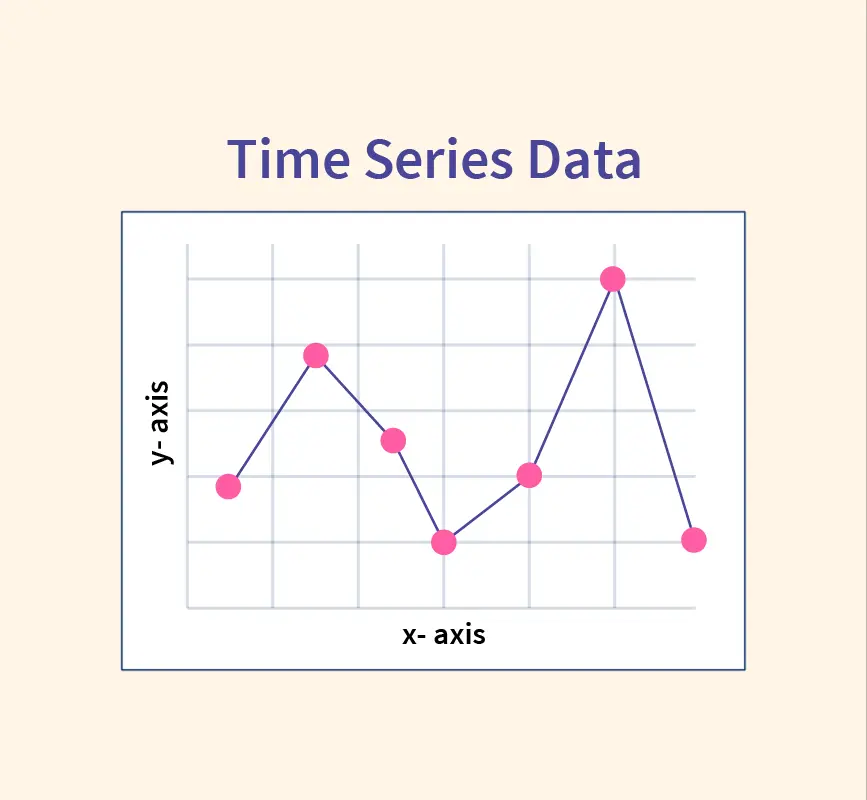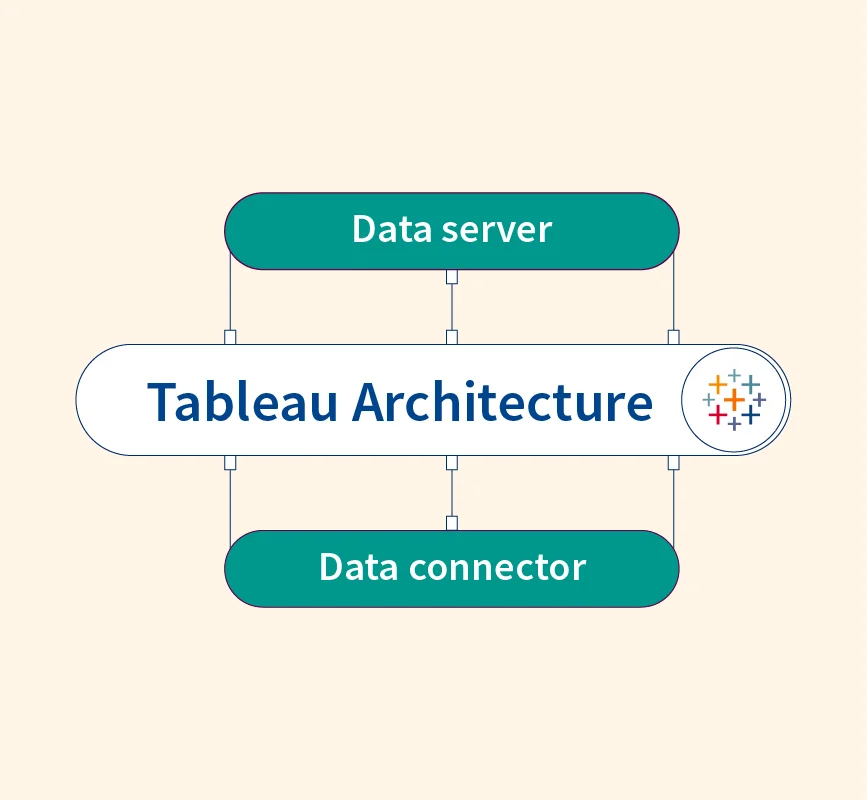Pruning is a crucial optimization technique in machine learning that simplifies models by removing unnecessary components, such as nodes in decision trees or weights in neural networks. This technique helps:
- Reduce overfitting by preventing models from becoming overly complex.
- Improve efficiency by reducing model size and computational costs.
- Enhance interpretability, especially in decision trees and neural networks.
Pruning is widely used in decision trees, neural networks, and support vector machines (SVMs). This article explains what pruning is, its types, and its practical applications in machine learning.
What is Pruning?
Pruning is a technique in machine learning used to simplify models by removing unnecessary components like branches in decision trees or redundant weights in neural networks. This process helps create a more efficient model that generalizes better to unseen data, reducing the risk of overfitting.
Key Objectives of Pruning
- Reduce Overfitting
- Pruning eliminates sections of the model that capture noise or anomalies in the training data, ensuring better performance on test data.
- Improve Model Interpretability
- By simplifying the structure, pruning makes models like decision trees easier to understand.
- Optimize Computational Efficiency
- Smaller models require fewer resources for storage and computation, speeding up predictions and training.
Pruning Algorithms
Pruning algorithms are designed to optimize machine learning models by removing unnecessary components, such as branches in decision trees or weights in neural networks. These algorithms vary based on the type of model and the objectives of pruning, such as reducing overfitting, improving interpretability, or enhancing computational efficiency.
Popular Pruning Algorithms
1. L1 Regularization-Based Pruning
- Description: Uses L1 regularization to penalize large weights in neural networks, effectively shrinking less important weights toward zero. Weights close to zero can then be pruned.
- Use Case: Neural networks, where sparsity is desired to reduce model complexity.
- Advantage: Automatically identifies and removes insignificant weights.
2. Magnitude Pruning
- Description: Removes weights or neurons with the smallest magnitudes, assuming they contribute the least to the model’s performance.
- Use Case: Neural networks, especially during fine-tuning stages.
- Advantage: Simple to implement and effective in reducing model size.
- Example: In a fully connected layer, neurons with weight magnitudes below a certain threshold are pruned.
3. Taylor Expansion Pruning
- Description: Estimates the impact of removing a weight or neuron on the loss function using a Taylor series expansion. Components with minimal impact on the loss are pruned.
- Use Case: High-performance neural networks where accuracy preservation is critical.
- Advantage: Provides a mathematically rigorous way to prioritize pruning decisions.
Types of Pruning Techniques
Pruning techniques can be classified into structured and unstructured pruning. These methods target different components of a model to optimize performance, reduce complexity, and enhance efficiency.
1. Structured Pruning
Structured pruning removes entire structural components of a model, such as neurons, filters, or layers, rather than individual weights. This type of pruning directly impacts the architecture of the model, leading to significant reductions in computational costs and memory usage.
How It Works
- Identifies and removes components (e.g., filters in convolutional layers) that contribute the least to the model’s performance.
- Typically involves a metric like L2 norm or activation sparsity to evaluate importance.
- The pruned model is fine-tuned to recover any accuracy loss.
Impact on Model Architecture
- Reduced Complexity: Makes the architecture smaller and more efficient for inference.
- Improved Deployment: Simplifies models for deployment on resource-constrained devices like mobile phones or IoT devices.
Example in Deep Learning Frameworks
- Convolutional Neural Networks (CNNs):
- Removing filters in convolutional layers based on their L2 norm.
- Example: TensorFlow’s model_sparsity library supports structured pruning.
- Recurrent Neural Networks (RNNs):
- Eliminating entire neurons with minimal impact on sequence learning.
2. Unstructured Pruning
Unstructured pruning focuses on removing individual weights in a model without considering the structural components. It creates sparsity in the model but does not alter its overall architecture.
How It Works
- Identifies weights with magnitudes close to zero (or below a threshold).
- Prunes these weights while maintaining the original structure of the model.
- Results in a sparse weight matrix that can be compressed for storage.
Advantages
- Fine-Grained Control: Allows precise targeting of unnecessary parameters.
- Higher Sparsity Levels: Achieves significant reductions in model size compared to structured pruning.
Limitations
- Hardware Inefficiency: Sparse matrices may not always translate to faster computation on general-purpose hardware.
- Complex Fine-Tuning: Requires additional steps to recover accuracy after pruning.
Real-World Use Cases
- Natural Language Processing (NLP): Sparse transformers use unstructured pruning to reduce memory usage in large language models.
- Image Recognition: Pruning redundant weights in fully connected layers of a CNN.
Criteria for Selecting a Pruning Technique
Choosing the right pruning technique is critical to optimizing a machine learning model. The decision depends on various factors, including the model type, dataset characteristics, hardware constraints, and the desired trade-off between accuracy and efficiency.
Factors to Consider
1. Model Type
The pruning technique should align with the type of model being optimized.
- Neural Networks: Techniques like structured pruning (removing filters) or unstructured pruning (removing individual weights) are commonly used.
- Decision Trees: Pre-pruning (early stopping) or post-pruning (simplifying branches after tree growth) is more effective.
2. Dataset Size and Complexity
The size and complexity of the dataset determine the pruning approach:
- For small datasets, pre-pruning can prevent overfitting early on.
- For large datasets, post-pruning ensures the model captures meaningful patterns before simplification.
3. Hardware Constraints
Pruning should consider the available hardware resources:
- Memory Constraints: Structured pruning reduces the size of the model, making it suitable for deployment on devices with limited memory, like smartphones or IoT devices.
- Compute Power: Unstructured pruning may create sparse models that are computationally expensive unless optimized hardware is available.
4. Trade-Off Between Accuracy and Efficiency
Pruning introduces a trade-off between reducing model size and maintaining accuracy:
- High Efficiency Requirement: Structured pruning is better for significant reductions in size and computational cost.
- Preserving Accuracy: Unstructured pruning offers fine-grained control to minimize accuracy loss.
Best Practices
- Fine-Tune After Pruning: Always fine-tune the pruned model to recover any potential loss in accuracy.
- Combine Techniques: Use a combination of pruning methods, such as structured pruning followed by unstructured pruning, to maximize optimization.
- Validate on Separate Data: Ensure the pruning decisions do not overfit the training data by validating on a separate dataset.
Common Mistakes to Avoid
- Excessive Pruning: Removing too many components can lead to underfitting and poor generalization.
- Ignoring Hardware Compatibility: Sparse models may not lead to faster inference unless supported by specialized hardware like TPUs or GPUs.
- One-Size-Fits-All Approach: Not all pruning techniques are suitable for every model or dataset. Always tailor the approach to the specific use case.
Pruning in Neural Networks
1. Weight Pruning
Weight pruning removes individual weights in a neural network that have negligible importance, typically identified by their small magnitudes.
2. Neuron Pruning
Neuron pruning removes entire neurons from a neural network when their contributions to the output are insignificant.
3. Channel Pruning
Channel pruning removes redundant feature maps (channels) in convolutional neural networks (CNNs) that contribute minimally to the model’s performance.
4. Filter Pruning
Filter pruning eliminates less important filters (kernels) from convolutional layers in CNNs to optimize the model’s complexity and size.
Pruning in Decision Trees
Types of Decision Tree Pruning
1. Pre-Pruning (Early Stopping)
Pre-pruning, or early stopping, halts the growth of a decision tree during its construction phase. Instead of fully growing the tree, splits are restricted based on specific criteria.
How It Works
- The tree stops growing when a predefined condition is met, such as:
- Minimum number of samples required to split a node.
- Maximum tree depth.
- Minimum information gain for a split.
2. Post-Pruning (Reducing Nodes)
Post-pruning simplifies a fully constructed tree by removing branches that do not contribute significantly to model performance.
How It Works
- A fully grown tree is pruned by:
- Evaluating the contribution of each branch to the accuracy.
- Removing branches that increase error on validation data or fail to meet a significance threshold.
Decision Tree Pre-Pruning Implementation
Step-by-Step Explanation
- Set Criteria for Stopping
- Define parameters like max_depth, min_samples_split, or min_impurity_decrease.
- Grow the Tree with Restrictions
- The tree construction halts whenever a stopping condition is met.
Code Snippet (Using Python’s Scikit-learn)
from sklearn.tree import DecisionTreeClassifier
# Define the pre-pruning criteria
model = DecisionTreeClassifier(max_depth=5, min_samples_split=10)
# Train the model
model.fit(X_train, y_train)Decision Tree Post-Pruning Implementation
Step-by-Step Explanation
- Build a Full Tree
- Grow the tree without restrictions to capture all patterns in the data.
- Prune Using Validation Data
- Evaluate each branch’s contribution using validation accuracy.
- Remove branches that do not significantly reduce error.
Example of Post-Pruning
In tools like CART (Classification and Regression Trees), post-pruning involves cost complexity pruning, where a cost function penalizes tree complexity:
$$\text{Cost}(T) = \text{Error}(T) + \alpha \cdot \text{Complexity}(T)$$
- T: Tree, α: Regularization parameter.
Why Pruning Decision Trees is Important?
- Enhances Interpretability: Simplified trees are easier to visualize and understand.
- Avoids Overfitting: Removes unnecessary splits that may capture noise instead of meaningful patterns.
- Reduces Computational Costs: Smaller trees require less memory and are faster during inference.
Pruning in Support Vector Machines
Pruning in Support Vector Machines (SVMs) focuses on reducing the number of support vectors that define the decision boundary. This simplification helps improve the efficiency of SVMs without significantly impacting their accuracy.
What is Pruning in SVMs?
In SVMs, the decision boundary is determined by a subset of training samples called support vectors. These are the data points closest to the boundary and have the most influence on its position. Pruning involves:
- Eliminating less important support vectors to reduce model complexity.
- Simplifying the decision boundary without compromising performance.
Techniques for Pruning Support Vectors
1. Eliminating Support Vectors with Low Marginal Contribution
- Support vectors that have a minimal impact on defining the margin or decision boundary are identified and removed.
- This is determined by evaluating the weight or importance of each support vector.
2. Approximating Decision Boundaries
- The decision boundary is approximated using a smaller subset of the original support vectors.
- Algorithms like Core Vector Machine (CVM) reduce the number of vectors while retaining a similar boundary.
3. Iterative Pruning
- Support vectors are iteratively removed, and the model is retrained to check the effect on accuracy.
Impact of Pruning in SVMs
Benefits:
- Improved Efficiency:
- Reducing the number of support vectors lowers memory usage and speeds up prediction.
- Simplified Model:
- Makes the SVM easier to interpret and deploy, especially in resource-constrained environments.
- Reduced Overfitting:
- Pruning irrelevant support vectors can enhance the generalization of the model.
Limitations:
- Aggressive pruning can degrade accuracy if critical support vectors are removed
Practical Considerations for Pruning
Pruning is a powerful technique to optimize machine learning models, but its application requires careful consideration to maintain a balance between efficiency and accuracy. Below are some practical challenges and strategies to address them effectively.
Challenges When Applying Pruning
- Ensuring No Significant Loss in Accuracy
- Removing components such as weights, neurons, or branches can lead to a decrease in model performance.
- It is critical to prune components that contribute minimally to the model’s output while preserving essential patterns.
- Evaluating Trade-Off Between Computational Savings and Model Performance
- Excessive pruning may lead to substantial computational savings but at the cost of reduced accuracy.
- Determining the optimal amount of pruning requires a balance between model size and predictive performance.
- Monitoring Post-Pruning Behavior
- Pruned models may exhibit different behaviors during inference, such as slower convergence or unexpected predictions.
- Monitoring metrics like validation accuracy, loss, and inference time is essential to ensure the model remains reliable.
Tips for Effective Pruning
- Use Validation Data
- Always validate the pruned model on a separate dataset to assess its generalization capabilities.
- Gradual Pruning
- Instead of removing a large number of components at once, prune incrementally and evaluate the impact at each step.
- Leverage Pruning Algorithms
- Use established pruning algorithms like magnitude pruning or cost complexity pruning to ensure systematic reductions.
- Fine-Tune After Pruning
- Retraining the pruned model is critical to recover any lost accuracy. Fine-tuning helps the model adapt to its simplified structure.
Importance of Retraining Pruned Models
Pruning often disrupts the model’s learned patterns, especially in complex architectures like deep neural networks. Retraining:
- Allows the model to adjust to the reduced structure.
- Minimizes accuracy degradation by re-learning optimal parameters.
- Improves generalization to unseen data.
Conclusion
Pruning is a vital technique for optimizing machine learning models across various domains. Whether applied to decision trees, neural networks, or support vector machines, pruning helps improve model performance, enhance scalability, and reduce computational costs.
By simplifying complex models, pruning not only prevents overfitting but also makes models more efficient for real-world applications. Its ability to strike a balance between accuracy and efficiency makes it indispensable in machine learning workflows.


